The shadowy world of Skull and Bones
Yale’s secretive Skull and Bones society has long generated conspiracy theories about its hidden power. Now, two Bonesmen are facing off for the U.S. presidency. What’s behind the group’s mystique?
What is Skull and Bones?
It’s the oldest and most impenetrable of Yale University’s several “secret societies,” a fraternal club ostensibly dedicated to forging young men (and now women) into leaders in all walks of American life. Only 15 students are selected for membership each year. For much of the society’s history, the chosen few were the elite of the elite—top athletes, campus newspaper editors, the leaders of student organizations, wealthy scions of high breeding. The 2,600 “Bones” alumni include President William Howard Taft, diplomat W. Averell Harriman, Supreme Court Justice Potter Stewart, Time magazine founder Henry Luce, conservative patriarch William F. Buckley Jr., both Presidents Bush, and Sen. John Kerry. This elite roster, coupled with its persistent secrecy, has bred intense speculation about the group’s power to determine world events.
How did it get started?
The Week
Escape your echo chamber. Get the facts behind the news, plus analysis from multiple perspectives.

Sign up for The Week's Free Newsletters
From our morning news briefing to a weekly Good News Newsletter, get the best of The Week delivered directly to your inbox.
From our morning news briefing to a weekly Good News Newsletter, get the best of The Week delivered directly to your inbox.
The group was founded in 1832, by a Yale senior named William Russell. At the time, hush-hush fraternal organizations like the Masons were all the rage in the U.S. But the Masons’ popularity and power generated a backlash among people who resented their elitism; dark rumors arose about the group’s secret rituals. Anti-Masonic sentiment grew so strong, in fact, that Phi Beta Kappa, the national academic honor association, distanced itself by renouncing its own oath of secrecy. Offended that Phi Beta Kappa would succumb to such populist passions, Russell responded by forming an even more secret society with 14 other students. He called it the Eulogian Club, after the Greek goddess of eloquence. The Eulogians adopted as their symbol a foreboding death’s-head, and that skull and bones eventually became the society’s name.
Is there an initiation ceremony?
Yes, though for decades it was shrouded in mystery. In the 19th century, rumors circulated that initiates were stripped, beaten, and forced to lie in a coffin while relating their sexual history, thus baring their souls to their new comrades. But as Alexandra Robbins related in her 2002 book Secrets of the Tomb, the modern-day ceremony is far less dramatic—and far more sophomoric. Initiates are led to the group’s unmarked, Greco-Egyptian vault, in New Haven, where the clocks run five minutes fast. There, in rooms filled with shabby furniture, stuffed animals, and old engravings, they are met by members dressed as outlandish figures, like the devil and Don Quixote. At various points they are blindfolded, jostled violently, given a secret oath, and forced to drink “blood” (some say it’s Kool-Aid, others Gatorade) from a skull called a “Yorick.” Eventually, the neophytes kiss the toe of a member dressed as the pope and are dubbed “Knights of Eulogia.”
Why do they do this?
A free daily email with the biggest news stories of the day – and the best features from TheWeek.com
It’s all part of the bonding process. “It was an opportunity to build friendships with 14 people whom I otherwise wouldn’t have come across in college years,” one member told Robbins. The camaraderie is reinforced by weekly meetings and bizarre traditions. Bonesmen refer to nonmembers as “barbarians,” employ cryptic references to the club’s totemic number of 322, and deliberately leave the room if any barbarian mentions their society’s name. Bonesmen vow to take care of their brothers after Yale, as they move into positions of wealth and power. Some say a Bonesman, once initiated, is virtually guaranteed wealth and security for life.
Is that true?
Not exactly, but the Bones has served as one of the nation’s most effective old-boy networks. President George W. Bush stands as a case in point. He partly bankrolled his first oil company, as well as his run for Texas governor, with loans and donations from fellow Bonesmen. Five of them, including SEC head William Donaldson, now serve in his administration. It’s this tight web of influence that has fueled a host of conspiracy theories.
Such as?
It’s whispered, for instance, that Skull and Bones helped underwrite Hitler’s rise to power. In fact, Hitler’s financier once stashed $3 million in the Union Banking Corp., whose directors included Prescott Bush, father of the first President Bush and a Bonesman himself. Similarly, several Bonesmen in the FDR administration, including Secretary of War Henry Stimson, were key players in the Manhattan Project; from this, some have deduced that the dropping of the atomic bomb was a Bonesmen plot. The society has also been blamed for the Bay of Pigs fiasco and for plunging the U.S. into Vietnam—because Bonesmen like William and McGeorge Bundy held prominent foreign-policy posts during the Kennedy and Johnson years.
So does the society run the world?
Not quite. It’s true that Bonesmen have occupied top-tier positions at an impressive array of powerful institutions, like the CIA, the Council on Foreign Relations, Morgan Stanley, the Rockefeller Foundation, and the Federal Reserve. But the same could be said of Yalies in general, or Harvard graduates, or other Ivy Leaguers. And in future years, Skull and Bones is likely to be far less influential than it has been in the past.
Why is that?
Like most campus organizations, it has become politically correct. Skull and Bones now actively seeks out women and minorities; white, Anglo-Saxon males have become a minority within the current membership. Bonesmen—and Boneswomen—now spend much of their time sharing “life histories” with the group, to better understand one another’s perspective. Members no longer consider themselves part of an elite cadre destined to run the world; they defensively joke about “the old white guys” who used to run the society. On the Yale campus, Bones members are now viewed with bemused scorn—not envy. “It almost seems,” wrote Franklin Foer in The New Republic in 2000, “that the current crop of Bonespersons maintain vows of secrecy because they are genuinely embarrassed by their affiliation.”
Letting down the wall
-
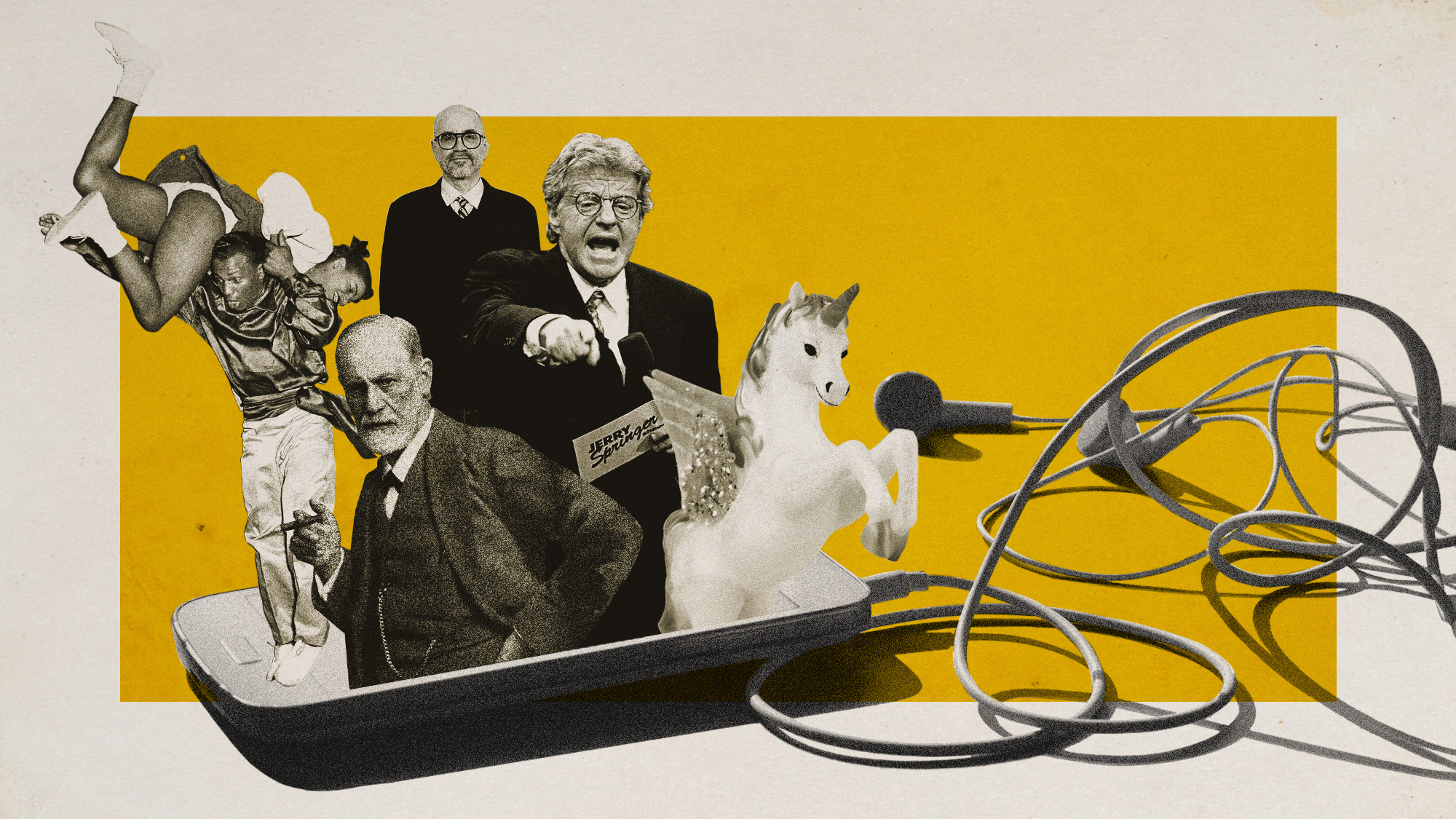 The most memorable podcasts of 2025
The most memorable podcasts of 2025The Week Recommends A round-up of the year's top podcasts that kept listeners tuned in
-
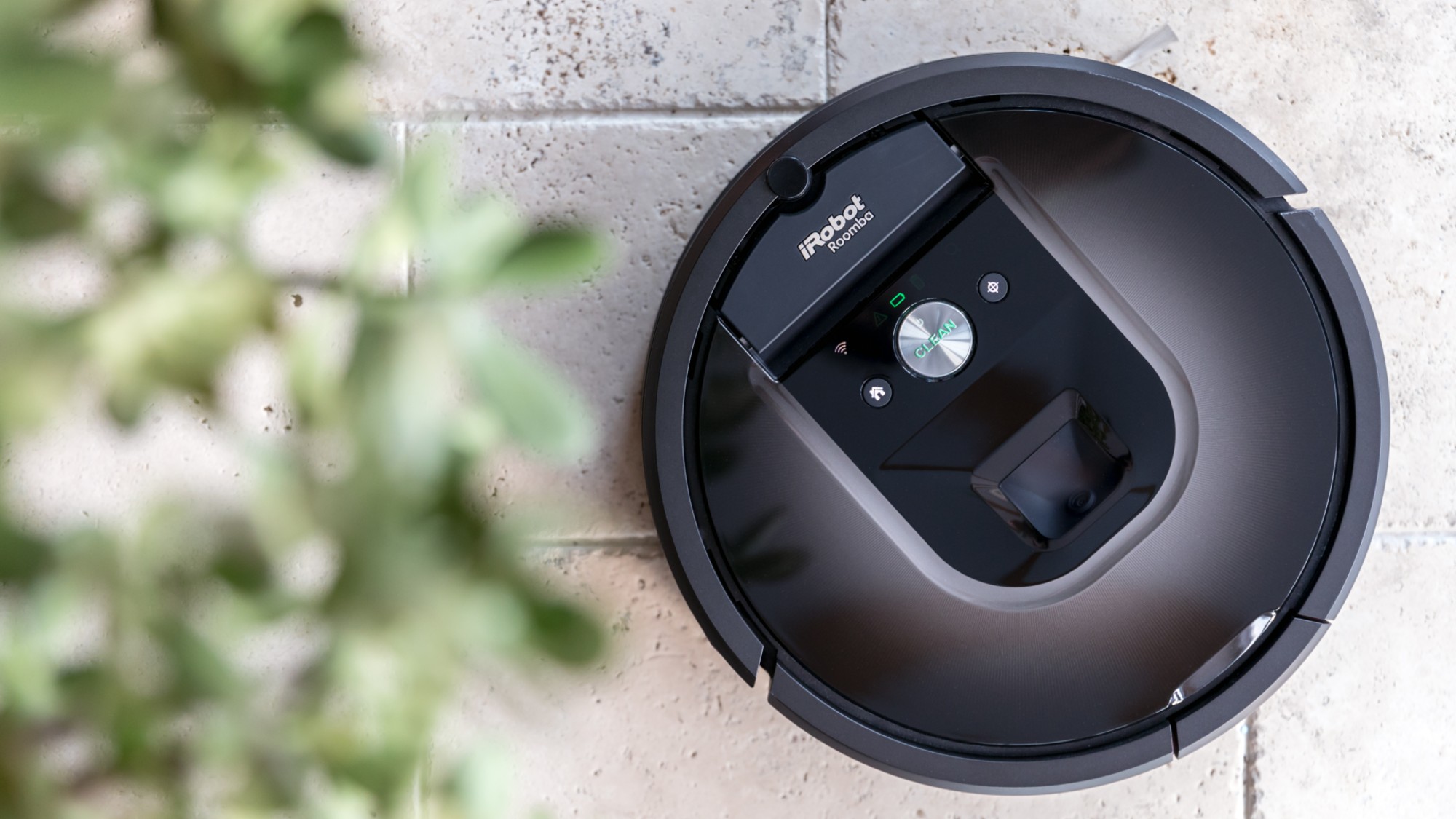 What is Roomba’s legacy after bankruptcy?
What is Roomba’s legacy after bankruptcy?In the Spotlight Tariffs and cheaper rivals have displaced the innovative robot company
-
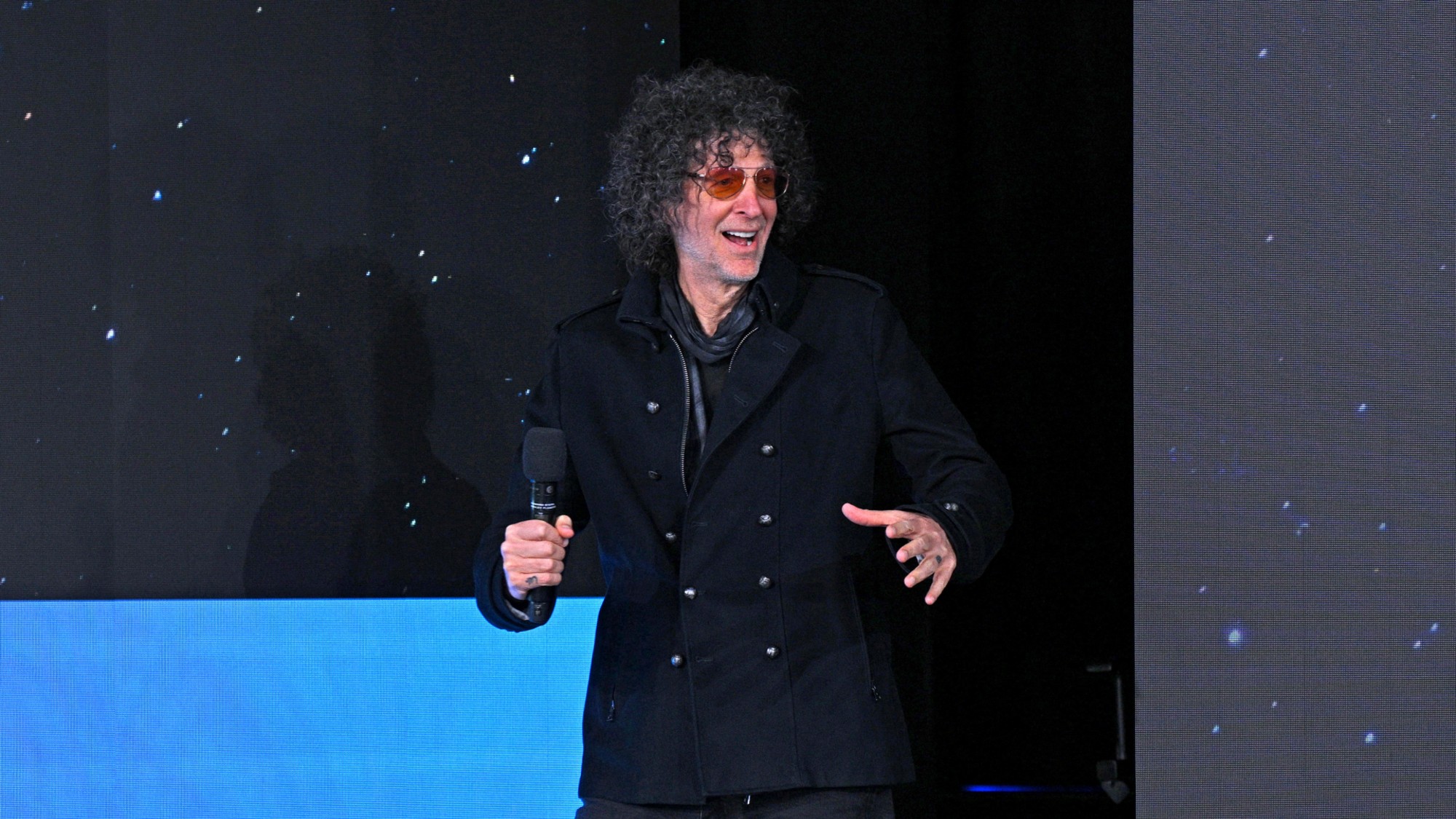 SiriusXM hopes a new Howard Stern deal can turn its fortunes around
SiriusXM hopes a new Howard Stern deal can turn its fortunes aroundThe Explainer The company has been steadily losing subscribers
-
 Has Zohran Mamdani shown the Democrats how to win again?
Has Zohran Mamdani shown the Democrats how to win again?Today’s Big Question New York City mayoral election touted as victory for left-wing populists but moderate centrist wins elsewhere present more complex path for Democratic Party
-
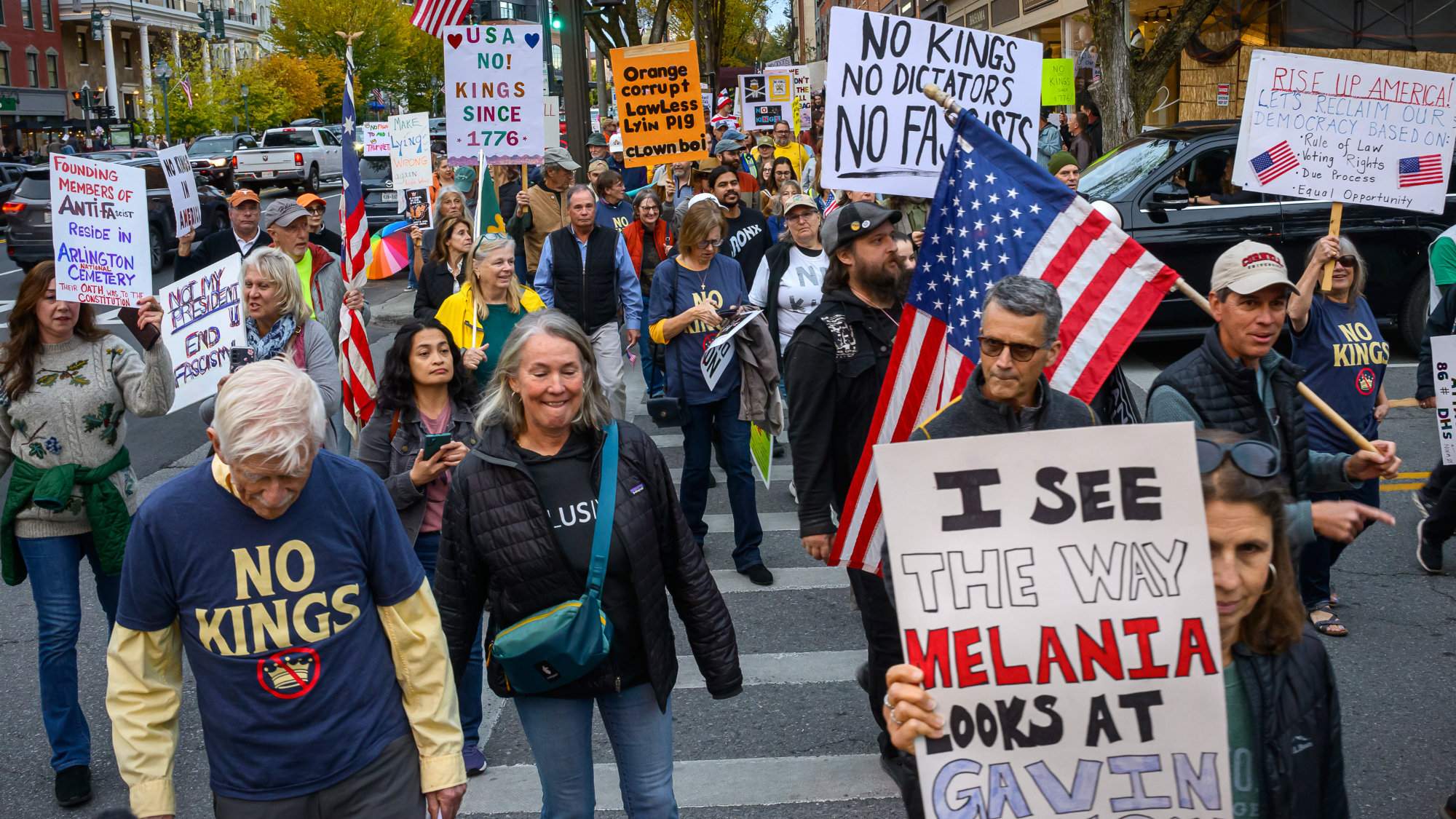 Millions turn out for anti-Trump ‘No Kings’ rallies
Millions turn out for anti-Trump ‘No Kings’ ralliesSpeed Read An estimated 7 million people participated, 2 million more than at the first ‘No Kings’ protest in June
-
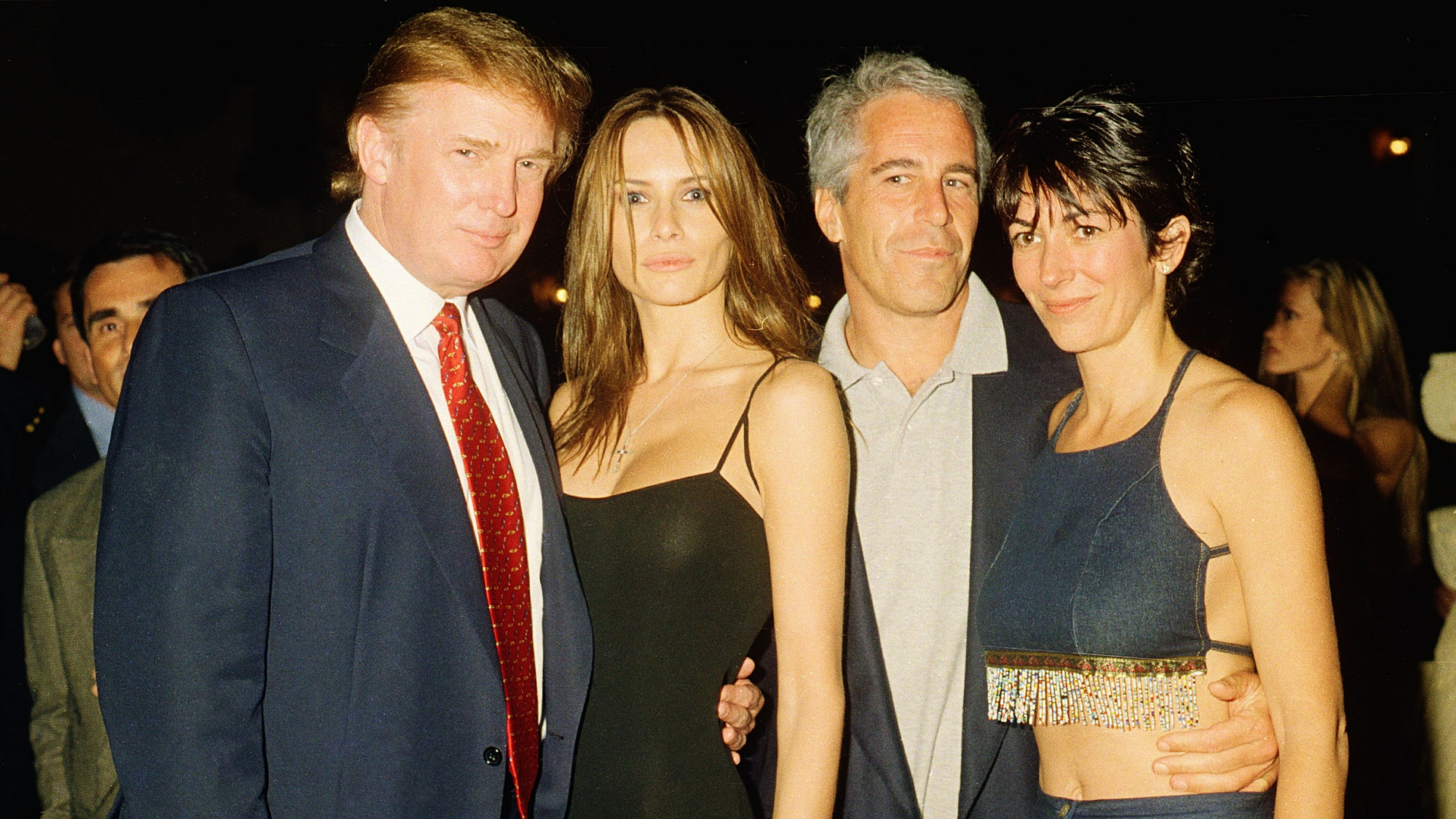 Ghislaine Maxwell: angling for a Trump pardon
Ghislaine Maxwell: angling for a Trump pardonTalking Point Convicted sex trafficker's testimony could shed new light on president's links to Jeffrey Epstein
-
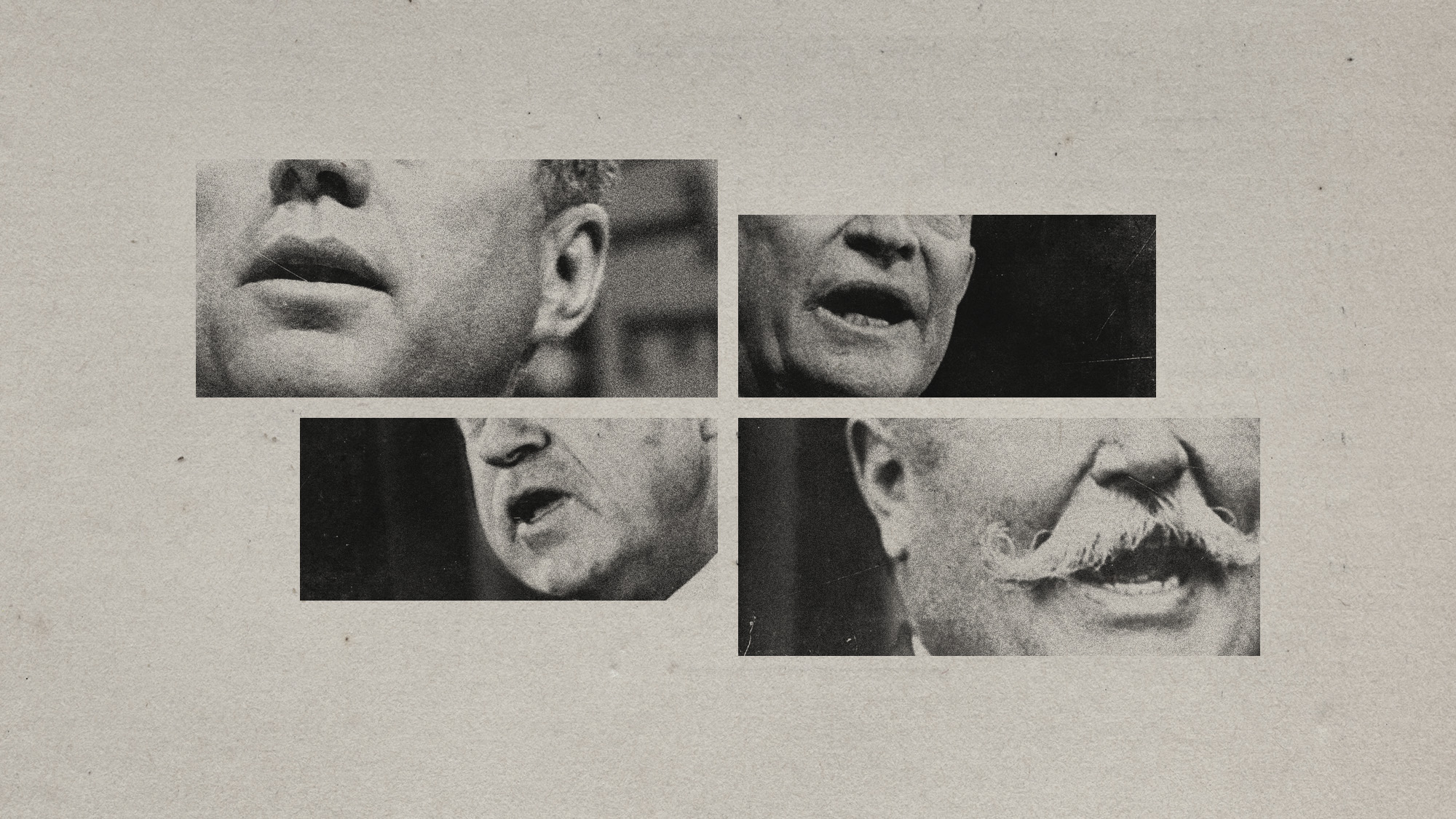 The last words and final moments of 40 presidents
The last words and final moments of 40 presidentsThe Explainer Some are eloquent quotes worthy of the holders of the highest office in the nation, and others... aren't
-
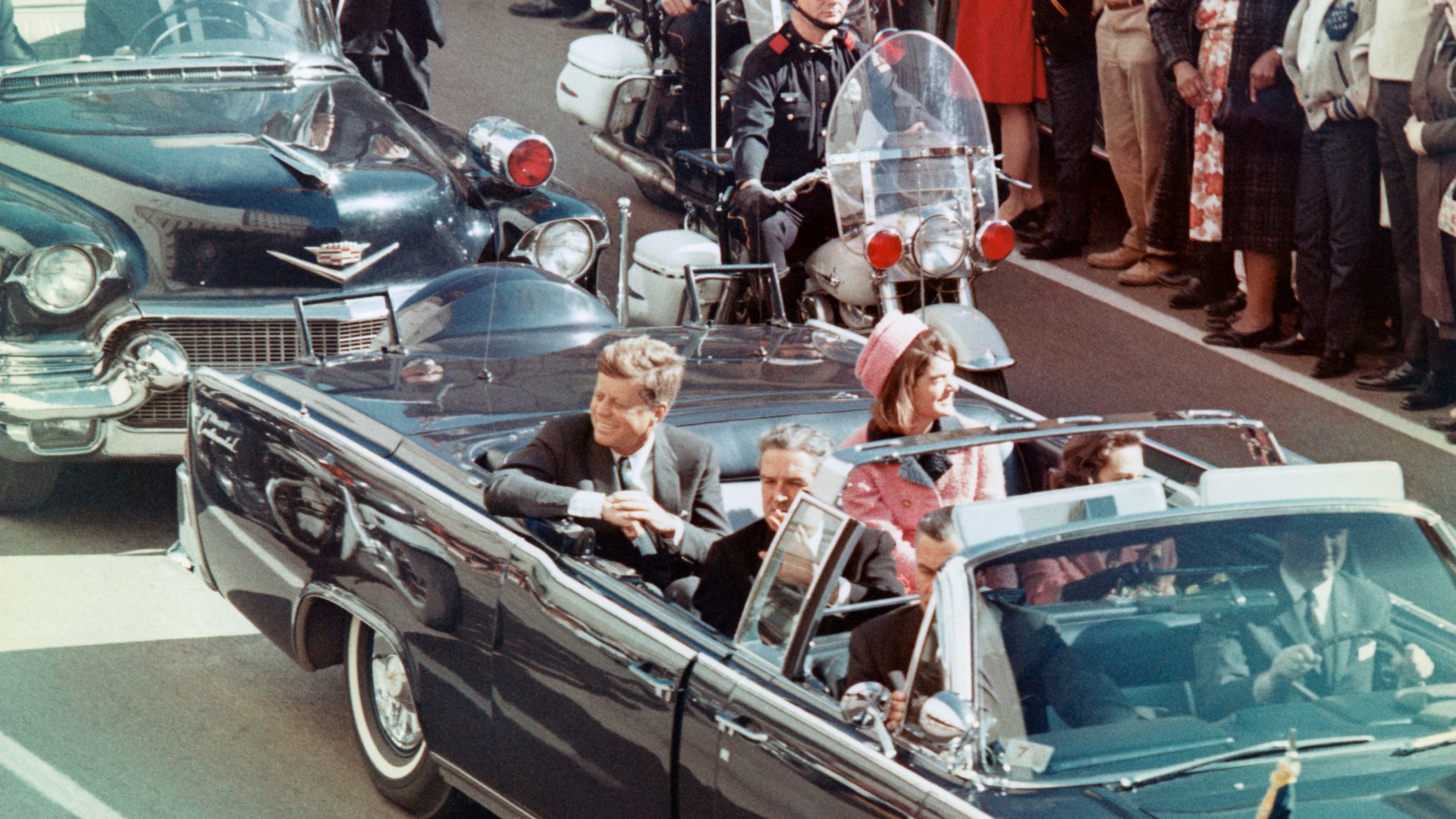 The JFK files: the truth at last?
The JFK files: the truth at last?In The Spotlight More than 64,000 previously classified documents relating the 1963 assassination of John F. Kennedy have been released by the Trump administration
-
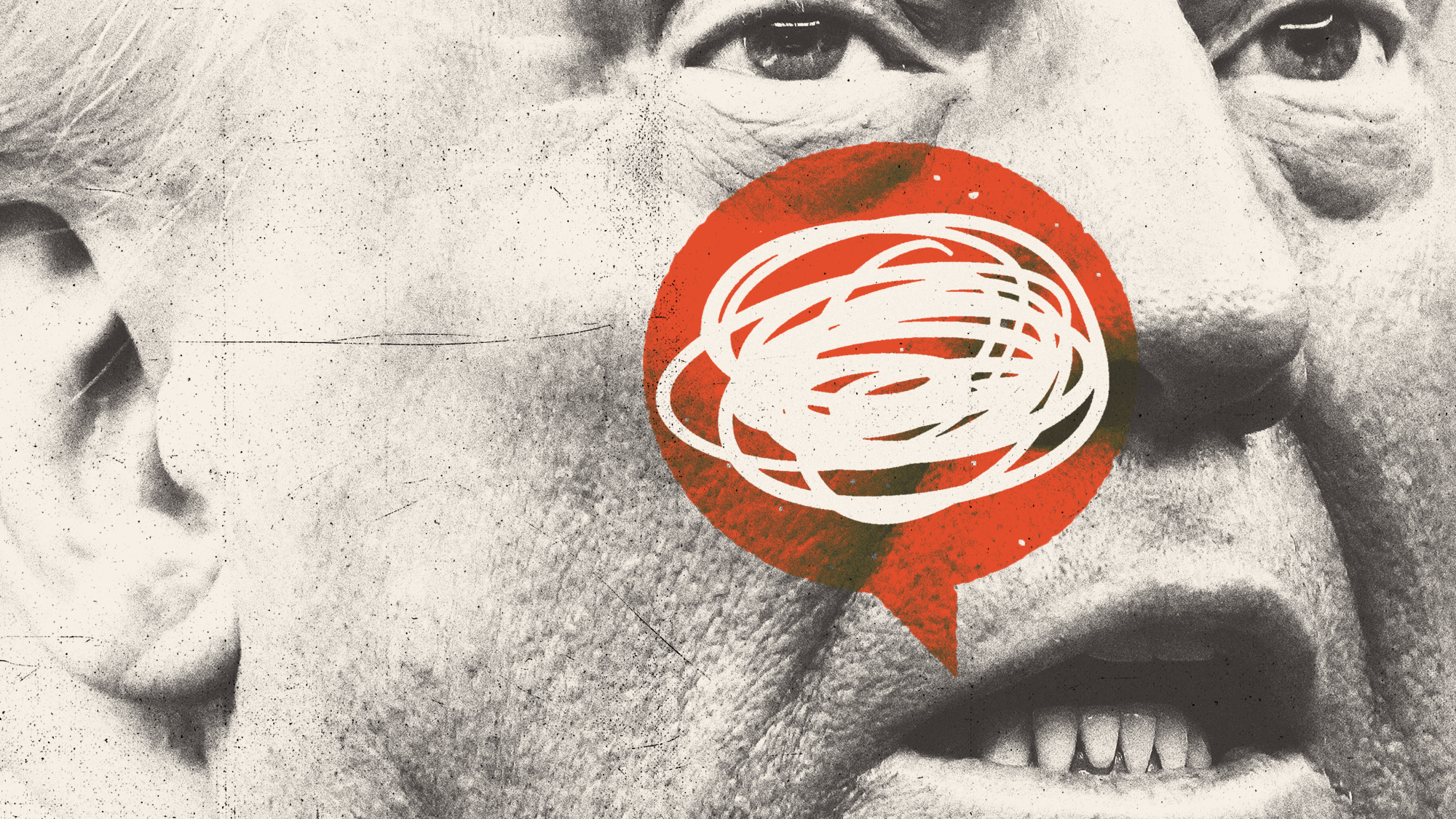 'Seriously, not literally': how should the world take Donald Trump?
'Seriously, not literally': how should the world take Donald Trump?Today's big question White House rhetoric and reality look likely to become increasingly blurred
-
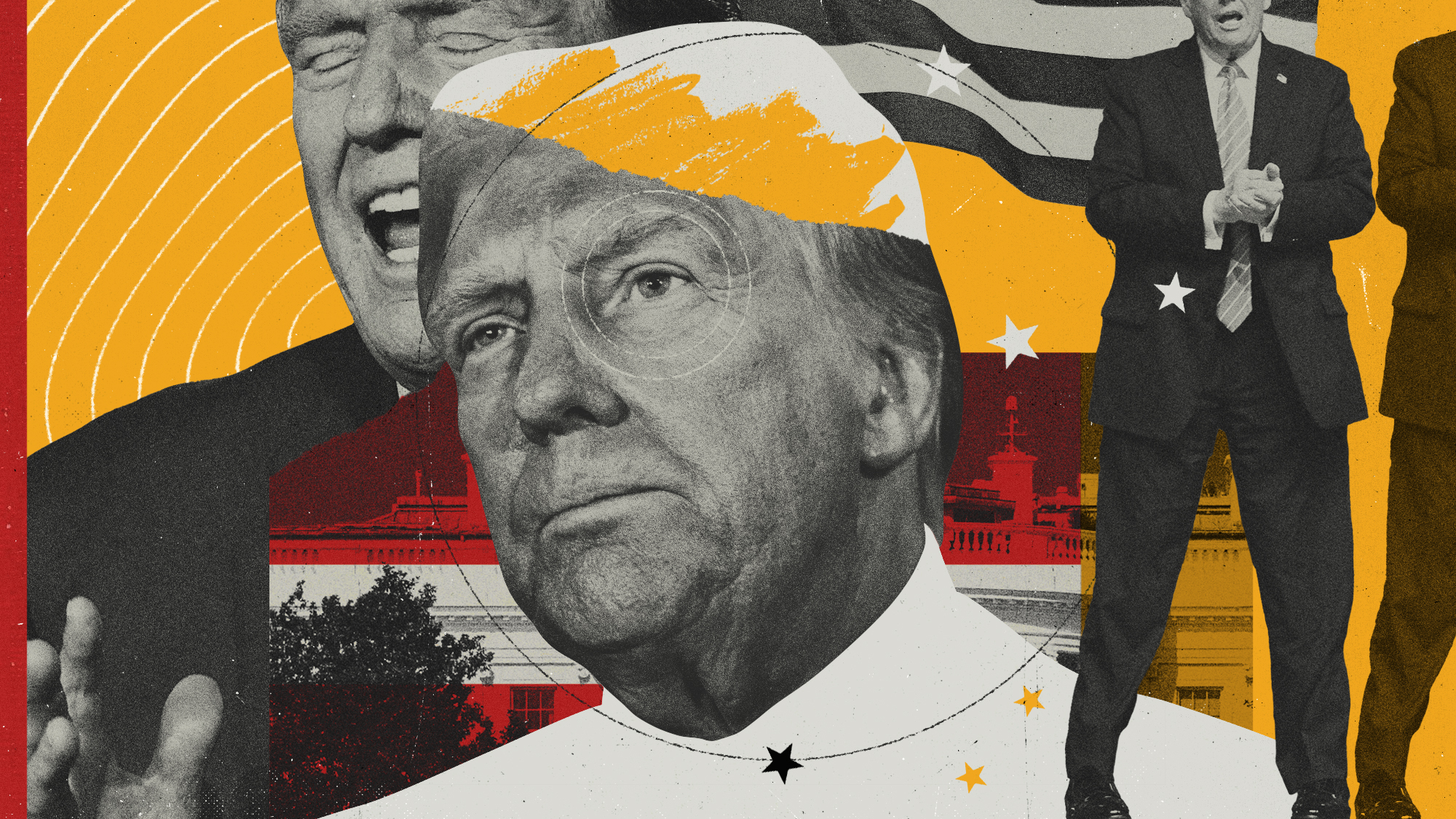 Will Trump's 'madman' strategy pay off?
Will Trump's 'madman' strategy pay off?Today's Big Question Incoming US president likes to seem unpredictable but, this time round, world leaders could be wise to his playbook
-
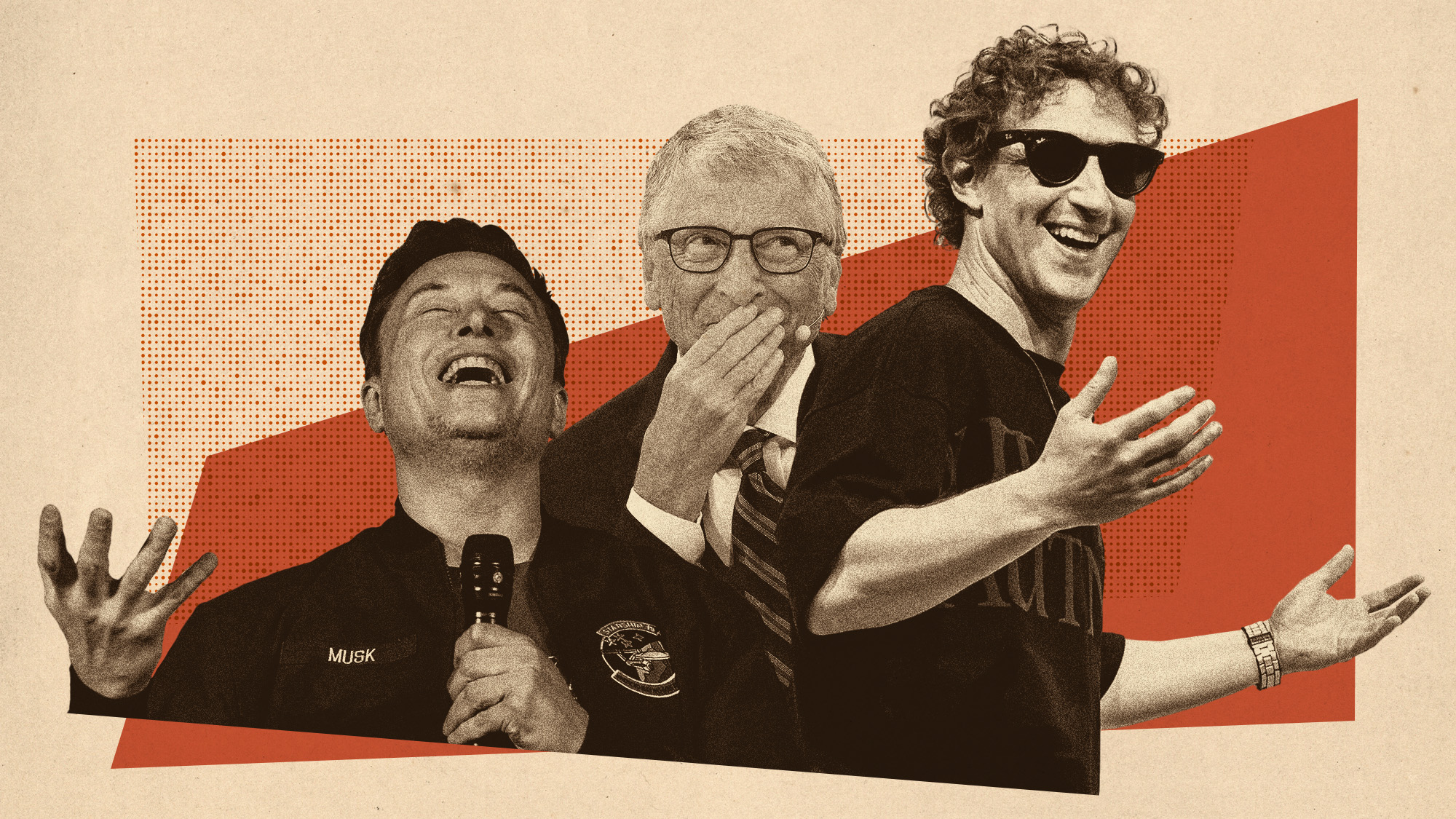 Democrats vs. Republicans: who are US billionaires backing?
Democrats vs. Republicans: who are US billionaires backing?The Explainer Younger tech titans join 'boys' club throwing money and support' behind President Trump, while older plutocrats quietly rebuke new administration